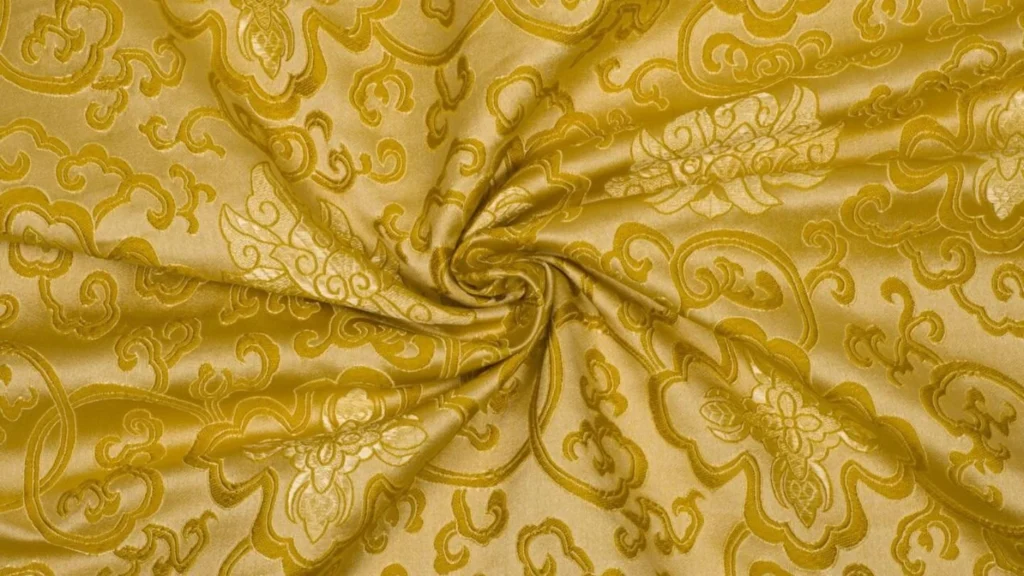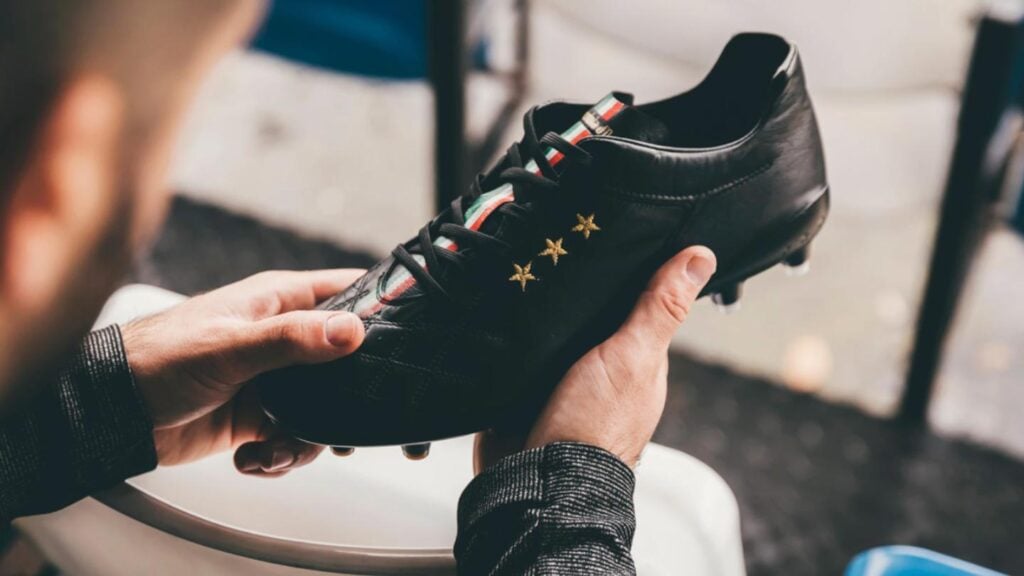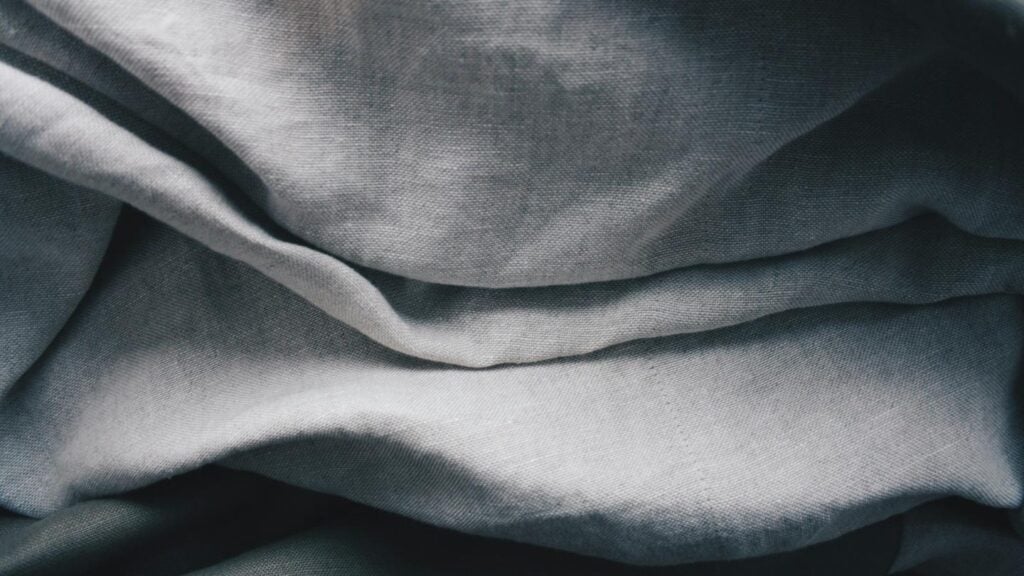2 – Velour Fabric Composition
3 – Velour Fabric vs Other Fabrics
4 – How Velour Fabric Is Manufactured
5 – Common Uses in Fashion
6 – Understanding the Environmental Impact of Velour Fabric
7 – Exploring Price Points and Value for Money
8 – Conclusion
9 – FAQs
What is Velour Fabric?
Velour fabric is a plush, soft-textured textile known for its smooth surface, gentle sheen, and stretchy comfort. It belongs to the family of pile fabrics—materials made with raised loops or cut fibers that create a three-dimensional, velvety finish. Though often mistaken for velvet, Velour fabric is typically knit (not woven), giving it more flexibility and making it ideal for comfortable, form-fitting garments like tracksuits, loungewear, dancewear, and stage costumes.
The word velour comes from the French word for “velvet,” and historically, it was developed as a more affordable, functional alternative to luxurious silk velvet. While velvet is elegant and rigid, Velour fabric is cozy, breathable, and stretchable—making it a favorite for both everyday fashion and performance apparel.

Key features of Velour fabric:
- Soft touch: Its short, dense pile gives it a plush, velvet-like texture.
- Flexible and stretchy: Typically made from knit fabric, it often includes spandex for added elasticity.
- Lustrous appearance: The nap reflects light, giving it a subtle sheen.
- Breathable and warm: Especially when made from cotton or cotton-blend fibers.
Whether made from cotton, polyester, or a blend of both, Velour fabric combines comfort with style. It drapes well, feels luxurious against the skin, and is available in a wide range of colors and finishes. Its popularity spans decades—ranging from classic tracksuits of the 1970s to modern-day activewear and children’s clothing.
Velour Fabric Composition
The unique feel and performance of velour fabric come from both its structure and fiber content. While the knit construction gives it natural stretch and flexibility, the choice of fibers affects everything from softness and breathability to durability and cost.
Common Fibers Used in Velour Fabric
- Cotton
Cotton velour is soft, breathable, and naturally insulating—making it ideal for loungewear, robes, and baby clothes. It offers a warm, cozy feel and absorbs moisture well. However, it may wrinkle more easily and shrink if not properly treated. - Polyester
Polyester-based velour is more durable, wrinkle-resistant, and colorfast. It’s commonly used in upholstery, stage-wear, and sportswear. Polyester velour often has a smoother, shinier finish and retains its shape after multiple washes. - Blends (Cotton + Polyester)
Blended velour combines the best of both worlds: the softness of cotton and the durability of polyester. It’s widely used for tracksuits, hoodies, and casual garments that need comfort and structure. - Elastane/Spandex
Many velour fabrics include a small percentage of spandex (usually 2–5%) to improve stretch and shape retention. This makes the fabric ideal for fitted garments like leggings, bodysuits, and dancewear.

How Composition Impacts Performance
The velour fabric composition influences several key characteristics:
- Softness – Cotton adds plushness, while polyester offers a sleeker hand feel.
- Durability – Polyester improves resistance to wear and tear.
- Stretch – Knit structure offers natural elasticity; added spandex enhances it.
- Care – Cotton-rich velour may need gentler washing; polyester versions are more low-maintenance.
By choosing the right composition, manufacturers and designers can tailor velour to specific end uses—from breathable babywear to high-performance dance costumes.
Velour Fabric vs Other Fabrics
Velour fabric is often confused with other soft, plush textiles like velvet, velveteen, and fleece. While these fabrics may look similar, they differ in structure, feel, and use. Understanding these differences helps consumers and designers choose the right material for their needs.
Velour vs Velvet
- Velvet is a woven fabric with a dense pile, traditionally made from silk or synthetic fibers. It has a rich, luxurious feel and a smooth, shiny surface. In contrast, velour fabric is knit, giving it more stretch and flexibility. Velvet is used for formalwear and evening attire, while velour is better suited for casual, comfortable clothing.
Velour vs Velveteen
- Velveteen mimics velvet but is made from cotton and has a shorter, denser pile. It is stiffer and less lustrous than velour. While velveteen holds structure better, velour is softer, stretchier, and more comfortable against the skin.
Velour vs Fleece
- Fleece is a knit fabric like velour but made with a brushed surface rather than a cut pile. It’s warmer and fluffier but lacks the refined appearance of velour. Fleece is typically used in outdoor and cold-weather gear, while velour is chosen for its balance of warmth and aesthetic appeal.
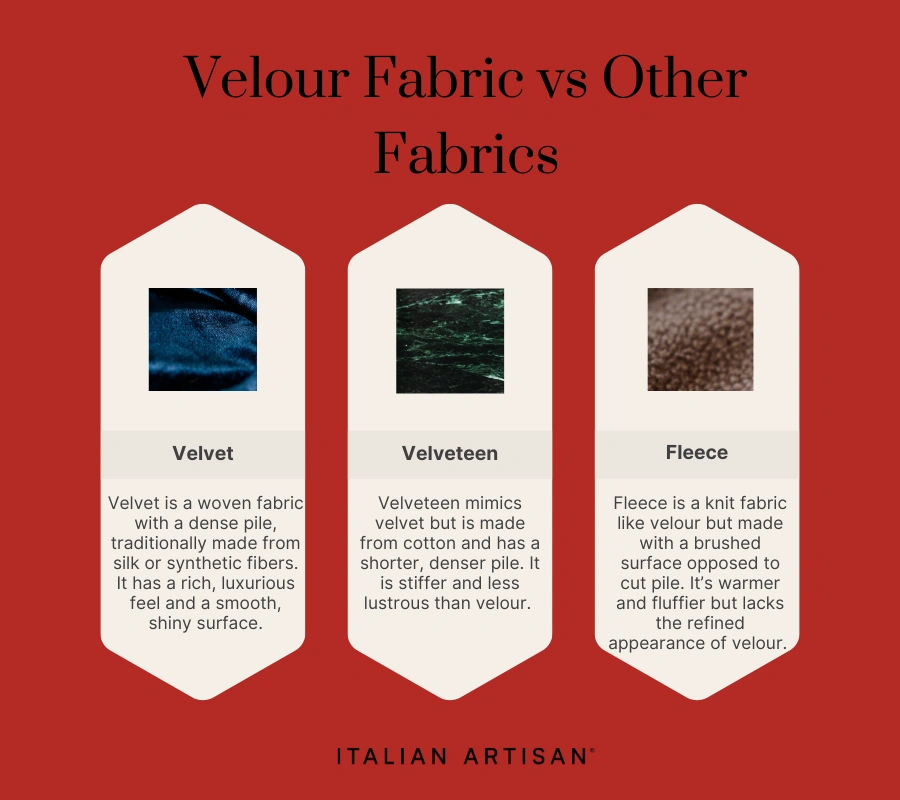
How Velour Fabric Is Manufactured
The production of velour fabric involves a combination of modern knitting technology and precise finishing techniques that give it its signature softness, stretch, and sheen. Unlike velvet, which is woven, velour is typically made using a knit construction, which allows it to be more flexible and comfortable.
Key Steps in Velour Fabric Manufacturing:
- Knitting the Base Fabric
Velour starts as a knit fabric—usually using circular knitting machines. The knit base provides natural elasticity and a soft, flexible foundation. - Creating the Pile
During knitting, additional yarns are introduced to form loops on the surface. These loops are then cut to create a short, dense pile, which gives velour its plush texture. - Shearing and Brushing
The surface is sheared to ensure the pile is uniform in length. Brushing may also be done to enhance softness and make the fabric even more luxurious to the touch. - Dyeing and Finishing
The fabric is dyed (often in rich, saturated colors) and may receive special finishes such as anti-pilling, wrinkle resistance, or moisture-wicking treatments, depending on its end use. - Quality Control and Inspection
Final checks ensure consistency in texture, color, and performance before the fabric is rolled and shipped.

Thanks to this manufacturing process, velour fabric achieves its unique balance of comfort, aesthetics, and functionality. Whether used for fashion or upholstery, it’s the finish and quality control that truly elevate velour from a basic knit to a premium product.
Produce your fashion collection with us
Common Uses in Fashion
Thanks to its soft texture, natural stretch, and elegant finish, velour fabric has found widespread use across fashion, loungewear, and even interior design. Its versatility makes it a popular choice for both comfort-driven garments and stylish, statement pieces.
Popular Applications of Velour Fabric:
- Loungewear & Tracksuits
Velour is a go-to fabric for cozy yet stylish sets, including hoodies, sweatpants, and zip-up jackets. The early 2000s saw a boom in velour tracksuits, and the trend continues in today’s casual fashion. - Dancewear & Costumes
With its stretch and sheen, velour is ideal for dance apparel, gymnastics outfits, and performance costumes. It moves with the body while offering a polished look under stage lights. - Children’s Clothing
Soft on the skin and warm without being bulky, cotton velour is often used in baby clothes, rompers, and pajamas. - Accessories
Velour adds a touch of luxury to items like turbans, headbands, scrunchies, and even soft bags or pouches. - Upholstery & Home Decor
Heavier velour fabrics are used in furniture coverings, cushions, and curtains—adding texture and richness to interiors.
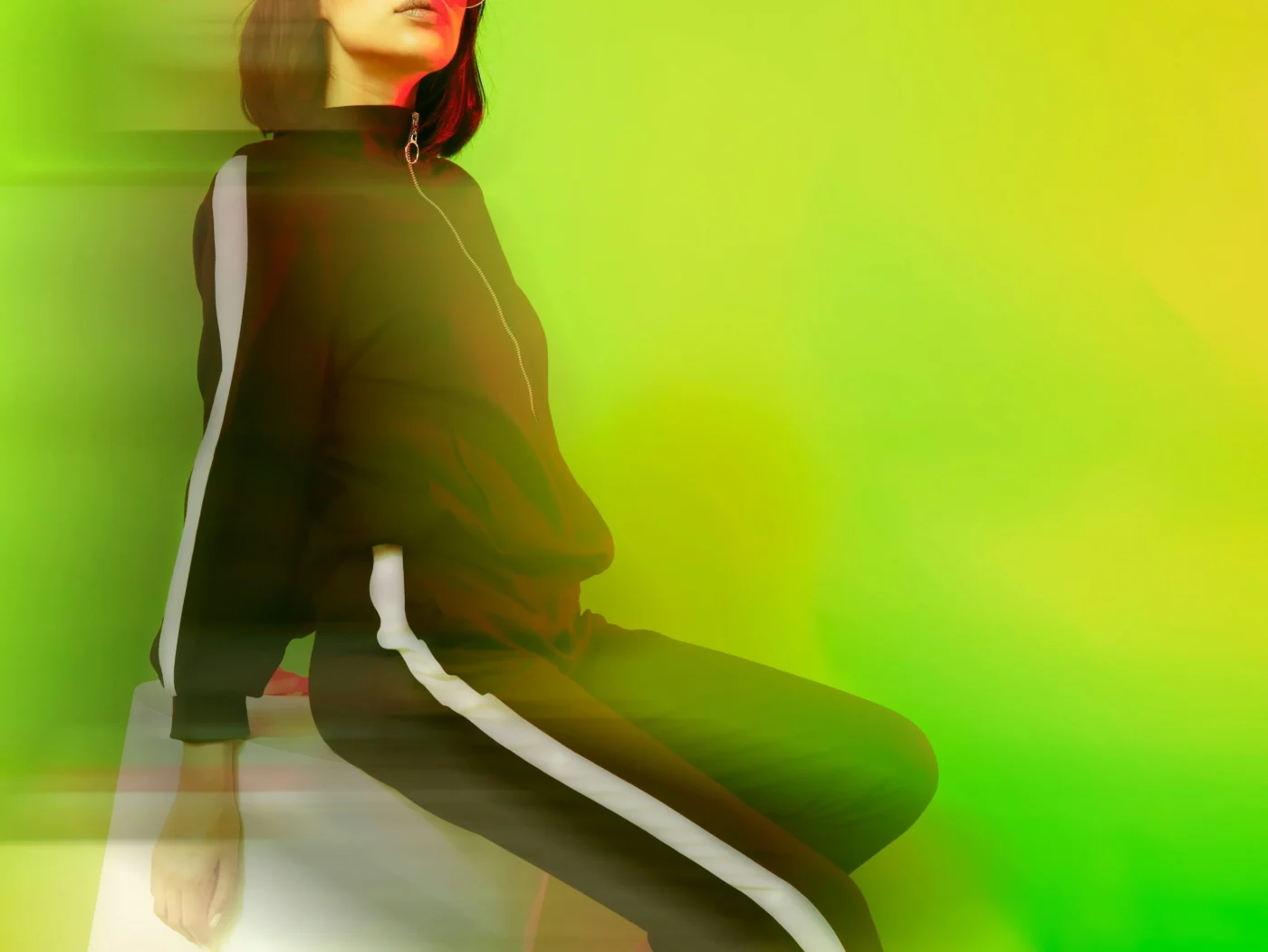
Its ability to blend comfort, function, and style makes velour fabric a trusted choice for designers and consumers alike.
Understanding the Environmental Impact of Velour Fabric
The environmental impact of velour fabric depends largely on the materials used in its production and the processes involved in finishing. Because velour can be made from natural fibers like cotton or synthetic ones like polyester, its sustainability profile can vary significantly.
Key Factors That Influence Impact:
- Fiber Content
- Cotton velour is biodegradable but water-intensive to produce. If conventionally grown, it may involve heavy pesticide use unless certified organic.
- Polyester velour, made from petroleum-based fibers, is non-biodegradable but durable and requires less water. However, it contributes to microplastic pollution when washed.
- Blended Fabrics
Cotton-polyester blends are common for performance and fashion use, but they are harder to recycle due to the mixed fiber content. - Dyeing and Finishing
Velour is often dyed in rich, deep colors that may require chemical-intensive processes. Unless properly managed, these can affect water quality and worker safety. - Durability and Lifespan
On the positive side, velour is a long-lasting fabric. Its durability means fewer replacements over time, reducing waste in the long run.
Greener Velour Options:
- Choose organic cotton velour to reduce pesticide and water usage.
- Look for recycled polyester options, which lower fossil fuel demand.
- Support manufacturers with certifications like OEKO-TEX®, GOTS, or Bluesign®.
- Favor Made in Italy velour for higher standards in quality control, traceability, and often more sustainable production practices.
As sustainability becomes a growing priority for brands and consumers alike, choosing velour made with eco-conscious fibers and ethical practices can help reduce the fabric’s environmental footprint.
Exploring Price Points and Value for Money
Velour fabric comes in a wide range of price points, depending on its composition, quality, and source. While it’s generally more affordable than luxury fabrics like silk velvet, the cost can still vary based on production methods and performance features.
What Affects the Price of Velour Fabric?
- Fiber Type
- Cotton velour tends to be more expensive due to the cost of natural fibers and more labor-intensive processing.
- Polyester velour is usually more affordable and widely available, offering great value for casualwear and interiors.
- Blended velour (cotton/polyester/spandex) sits in the mid-range, balancing softness, durability, and cost.
- Fabric Weight and Quality
Thicker, denser velour with a uniform pile and refined finish typically commands a higher price. Performance finishes (e.g. moisture-wicking or anti-pilling) can also add to the cost. - Place of Origin
Velour made in countries with strong textile traditions—like Italy—may cost more but often delivers superior craftsmanship, longevity, and ethical production. - Order Volume and Customization
Custom colors, small-batch production, or low MOQs can increase pricing, while larger orders reduce cost per meter.

Is Velour Fabric Worth the Investment?
Yes—especially when softness, durability, and comfort are priorities. Whether used in fashion, home décor, or performance apparel, high-quality velour holds its shape, resists wear, and looks polished over time. It offers an excellent price-to-performance ratio compared to more delicate or rigid alternatives.
Conclusion
Velour fabric is a versatile, soft, and stylish textile that bridges the gap between comfort and elegance. With its signature plush surface, natural stretch, and wide range of applications—from loungewear and dance costumes to upholstery and accessories—velour has earned its place as a go-to material in both fashion and interior design.
Whether made from cotton, polyester, or blends, velour offers a unique mix of tactile appeal, performance, and affordability. Understanding its origin, composition, and properties helps consumers and designers make better choices—whether they prioritize comfort, aesthetics, or sustainability.
Its enduring popularity proves one thing: velour fabric isn’t just a trend—it’s a timeless staple.
FAQs
1. What is velour fabric used for?
Velour fabric is commonly used in loungewear, tracksuits, dancewear, baby clothing, and upholstery due to its soft texture and natural stretch.
2. Is velour the same as velvet?
No. Velvet is a woven fabric with a luxurious finish, while velour is a knit fabric that is more flexible and comfortable.
3. What is velour fabric made of?
It can be made from cotton, polyester, or blends, often with a small percentage of spandex for stretch.
4. Is velour breathable?
Cotton velour is breathable and comfortable for everyday wear. Polyester velour is less breathable but more durable.
5. Can velour fabric be washed?
Yes, but care depends on the composition. Cotton blends can often be machine washed; check the label for best results.
6. Is velour sustainable?
Velour made from organic cotton or recycled polyester is more sustainable. Blended fabrics are harder to recycle.
7. Does velour wrinkle easily?
Not usually. Its knit structure and pile surface help resist wrinkling.
8. Is velour warm?
Yes, it provides moderate warmth, making it ideal for cooler seasons or cozy interiors.
9. Does velour stretch?
Yes. As a knit fabric, it has natural stretch, especially when blended with spandex.
10. Is velour suitable for formalwear?
It’s more commonly used in casual or performance wear, but it can be styled for evening or stage outfits when polished properly.




